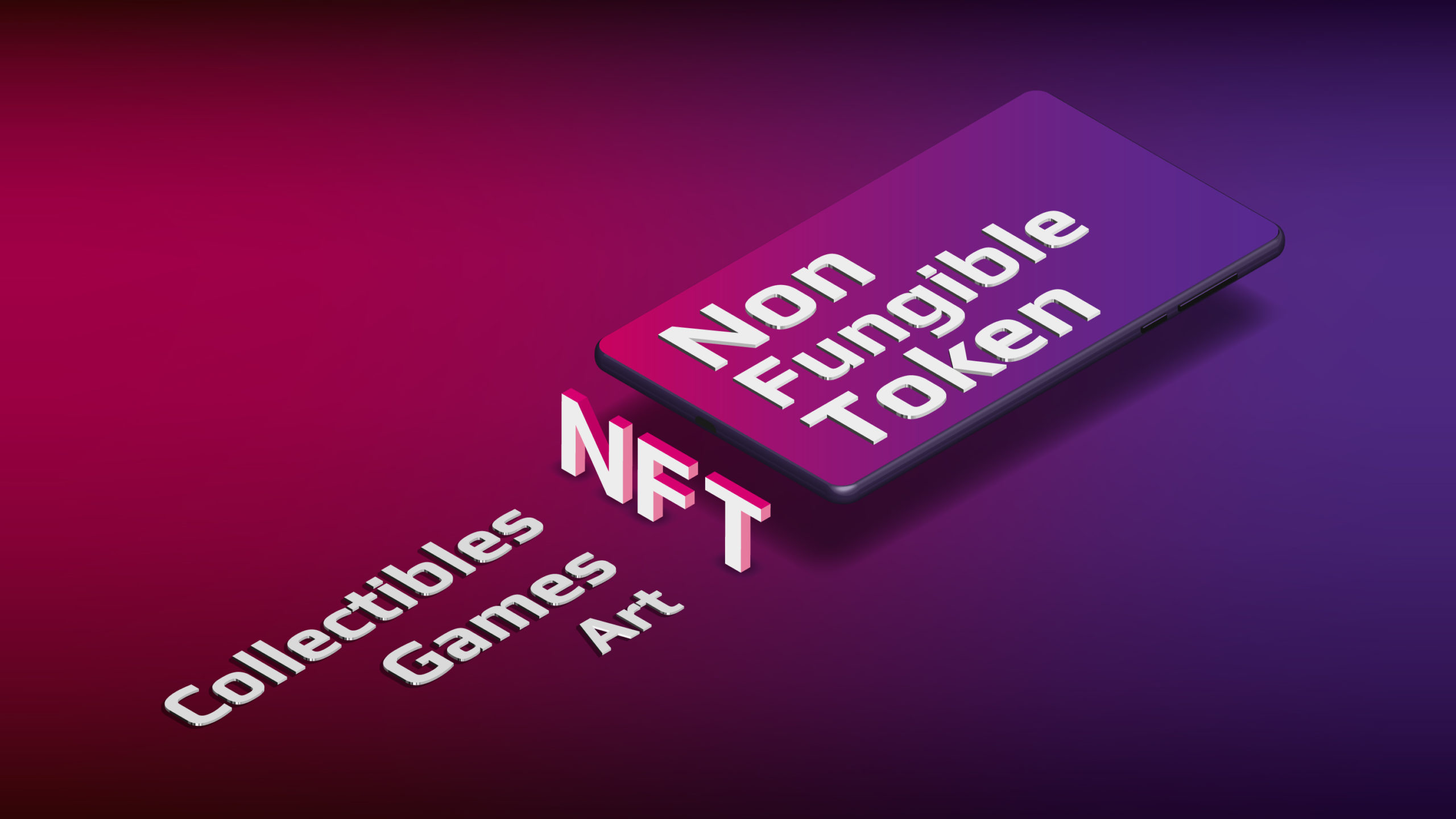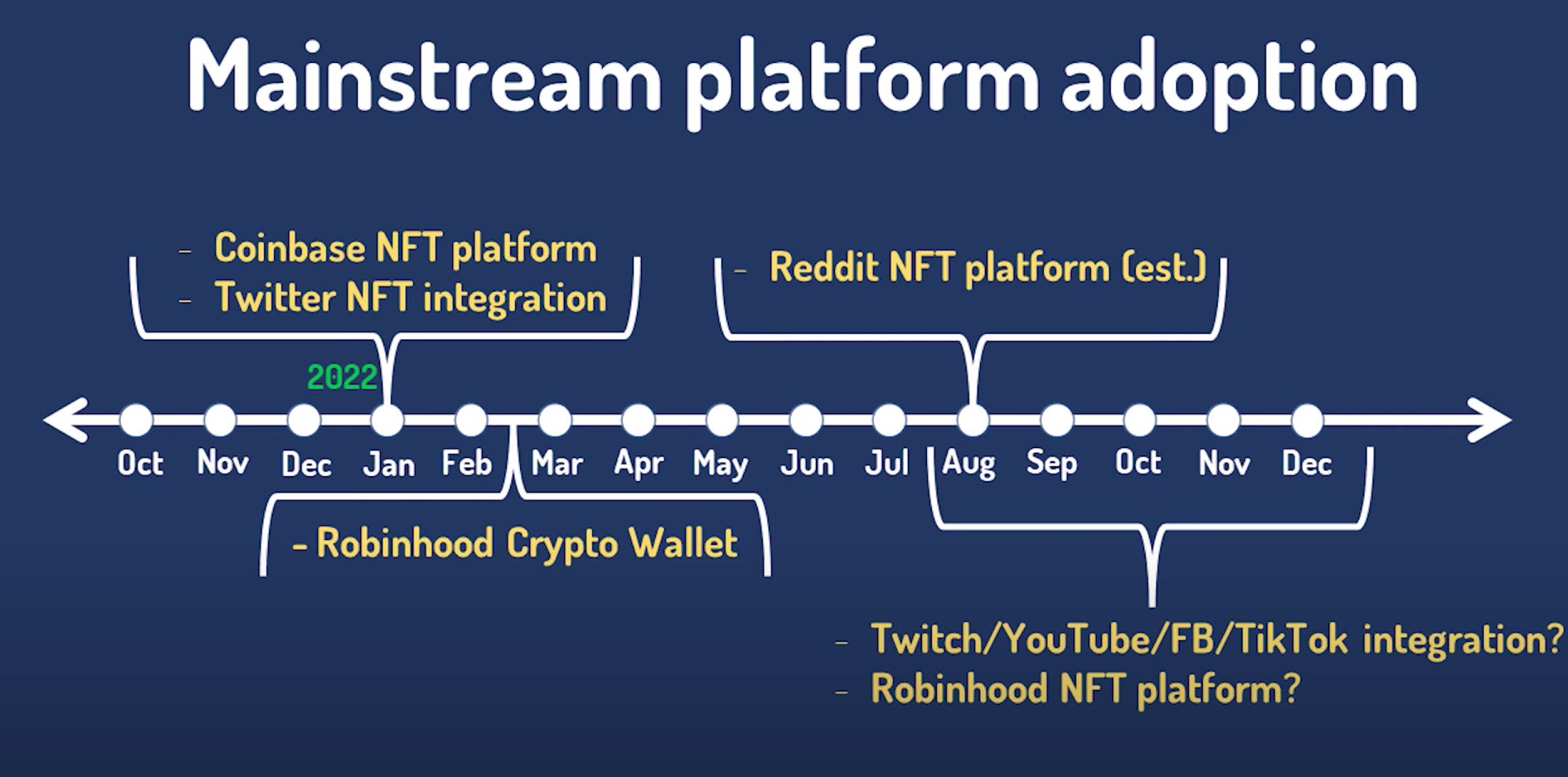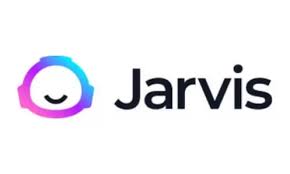What is the Metaverse?
 The Metaverse is a blockchain-based virtual reality platform that allows users to create and interact with their own 3D avatars or digital representations of themselves. The Metaverse can be used as an alternative to Facebook, Twitter, Instagram, YouTube, etc., as it offers a more immersive experience. The Metaverse is built on top of blockchain technology, which provides its users with a secure environment for storing data, while also providing them with the ability to execute smart contracts. The Metaverse has been compared to Second Life, but instead of being owned by one company, the Metaverse is decentralized and open source.
The Metaverse is a blockchain-based virtual reality platform that allows users to create and interact with their own 3D avatars or digital representations of themselves. The Metaverse can be used as an alternative to Facebook, Twitter, Instagram, YouTube, etc., as it offers a more immersive experience. The Metaverse is built on top of blockchain technology, which provides its users with a secure environment for storing data, while also providing them with the ability to execute smart contracts. The Metaverse has been compared to Second Life, but instead of being owned by one company, the Metaverse is decentralized and open source.
Mark Zuckerberg wants to turn Facebook into a metaverse by making it easier for people to share stories about themselves and connect with others. The jury is still out, and several tech leaders think Apple or Google might make a better leader than Facebook.
Marketing in The Metaverse
The metaverse is poised for fast growth that will open up new opportunities for marketers. Ask Google, Facebook, Snapchat, Microsoft, Epic Games, and Roblox if the metaverse is a buzzword or buzz-worthy. The metaverse is an emerging trend that will change how we interact online. Marketers need to be aware of this new technology and begin to experiment so they can build community, position, and promote their brands.
What will Marketers find in the Metaverse?
 Metaverse is the sum of everything virtual, augmented reality, and the internet. It’s a collective shared virtual space created by the convergence between virtually enhanced physical reality and physiologically persistent virtual space. Virtual experiences are now being used to create, explore, interact, collaborate, and socialize.
Metaverse is the sum of everything virtual, augmented reality, and the internet. It’s a collective shared virtual space created by the convergence between virtually enhanced physical reality and physiologically persistent virtual space. Virtual experiences are now being used to create, explore, interact, collaborate, and socialize.
Virtual reality is becoming more popular because people want to escape the real world and experience something new. There are many companies making virtual reality games and apps. People use them to play games, watch movies, read books, and even make friends.
For brands and marketers, it’s important to remember the value and importance of Gen Z and millennials. This generation represents over 50% of the world’s population. These people will be your customers for many years to come.
A lot of things happen during this age range, but most importantly, people buy their first cars, apartments, etc. This means that people are more likely to use these services than before.
This person is a part of the Snapchat generation. He was born after 1996. He spends most of his time on Snapchat. He uses Snapchat to communicate with others. He has an account on the social media app called Snapchat. He follows other people on Snapchat. He is a member of the Snapchat generation.
SEO and The Metaverse
Just like marketers transitioned into optimizing for SEO, it’s time to begin analyzing how to optimize for the metaverse. Brands should stake their claim in a world or platform that matches their audience. Search engines will likely become the gateway to getting found within the metaverse.
Brands should start thinking about what kind of content would work best in the metaverse. How do you get noticed? What type of content works best? How do you engage with your target audience?
There are many ways to market in the metaverse. You can advertise through billboards, TV ads, radio spots, and more. You can also use influencer marketing to reach out to potential customers.
Influencers have become a huge factor in marketing today. They help increase brand awareness and engagement. Influencers can be anyone from a celebrity to a blogger, musician, athlete, or business owner.
A metaverse is an exciting place where brands can connect with their audience and grow. As the industry evolves, there will be new tools available to marketers.
The future of the metaverse is bright. It’s only a matter of time before brands take advantage of this amazing opportunity.
What is an NFT?
 Non-Fungible tokens are unique items that are not interchangeable or indistinguishable. An NFT is an object that can’t be replaced by any other object.
Non-Fungible tokens are unique items that are not interchangeable or indistinguishable. An NFT is an object that can’t be replaced by any other object.
An NFT is a digital certificate of ownership for a one of kind cryptographic asset that cannot be exchanged with another item. NTFs can be sold and tradable online and are maintained and preserved in a digital ledger, called a blockchain. In other words, NFTs allow people tp own and trade digital assets instead of physical, tangible assets. Examples of NFTs include pictures, videos, digital art, and tweets. But the cryptographic tokens can be applied to virtually any digital file, and when an NFT is encrypted it’s assigned a unique hash. This process assures that each NFT is really one of a kind.
Basically, NFTs are like serial numbers that luxury brands could issue for each of their products to verify their authenticity. But, there’s no centralized authority that issues and regulates them. Instead, a decentralized open-source blockchain, such as Ethereum, Flow, Polygon, Tezos, Solona, or Terra Luna circulates and verifies most NFTs. Ownership information is then distributed across the entire network, so anyone who has access to the blockchain can view it. Only the owner can access the token with their unique cryptographic key, but everyone else can see it.
As more people get into crypto, there will be more demand for these tokens. This could drive up the prices of these items.
How to Create an NFT Marketing Strategy
 The future of marketing is here. With the rise of the metaverse, brands need to adapt and evolve their strategies. There is a new set of rules to follow and a new way to market.
The future of marketing is here. With the rise of the metaverse, brands need to adapt and evolve their strategies. There is a new set of rules to follow and a new way to market.
Brands must learn to think about the metaverse as a separate entity from traditional marketing. It’s time to start thinking about how to create an NFT marketing strategy.
To succeed in the metaverse, brands must have a clear understanding of what they want to accomplish. They must understand the different types of users and platforms available. They also need to know what type of content will perform best on which platforms.
Once you’ve got your goals figured out, it’s time to look at the tools available. You’ll need to decide if you’re going to use a single tool or combine several. For example, some companies might choose to use both Facebook ads and Instagram stories. Others might use only Facebook ads. Still others might use only Instagram stories.
Once you’ve decided on the right tools, it’s time to figure out where to place your NFT. The answer depends on your brand’s target audience and the type of product you’re selling. If you’re selling a high-end watch, you probably won’t want to advertise on YouTube. However, if you’re selling a $10 pair of sneakers, you may want to try advertising on YouTube.
It’s important to keep in mind that NFTs aren’t just for businesses. People are using them too. Many musicians are creating their own music albums and selling them through the metaverse. Some people even sell their artwork through the metaverse.
There are many ways to promote your NFT. You can share it on social media, write articles about it, or post it on blogs. You can also give away free samples or offer discounts.
Steps to Launch a Successful NFT Project for your Brand.
The top must-do tasks include:
- Obtain Professional Artwork
- Develop a Smart Contact
- Build a Roadmap and Define Value for Your Community
- NFT Marketing (Discord, Website, Social and Paid Promotion)
In summary, NFTs are a great way to connect with consumers and build loyalty. But don’t forget to focus on the platform and not just the product.











